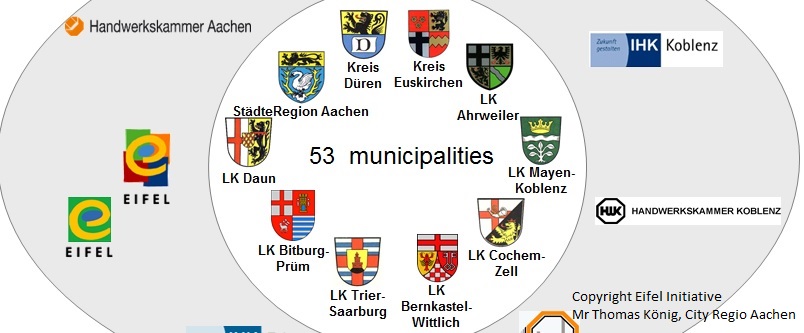EU regional policy is a cornerstone of a complex multi-level governance system comprising supranational, national and regional levels. A cooperative institutional setting responsible for regional policy outcome shapes the interests and preferences of diverse stakeholders. This innovative multi-level and partnership-based approach has become “one of the main keys to the success of the process of European integration” . Within the EU, there are about 95.000 local and regional authorities with competences in different areas of regional development. Moreover, as they implement 70% of European Union’s legislation, local and regional authorities aim at becoming a stronger role in European regional policy making. This integrated approach of EU cohesion policy ensures cooperation between multiple levels of government. By these means, consistency and synergy between different policies is increased. Multi-level governance and partnership in EU cohesion policy is currently entering into a new stage within the programming period 2014-2020.
In China, the main instrument of China’s economic and overall planning is the five-year plan (FYP), drafted by NDRC. The FYP set measures at each level of government – national level, province level, city level, and county and district levels. Each level has its own FYP, which relates to the national FYP. NDRC ensures that national and lower-level FYPs are synchronised. NDRC officials have explained their interest in learning experiences of the European Union related to multi-level governance, especially with regard to the coherence of policy levels and the integrated approaches for regional and urban development.
Selected activities:
